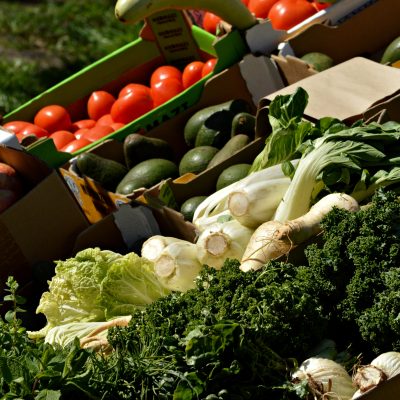
November 2025. A comprehensive data publication presenting key trends in agriculture, food security and environmental impact.
Read more
November 2025. An expert paper providing an in-depth analysis of current technologies, economic considerations and policy implications for scaling precision irrigation.
Read more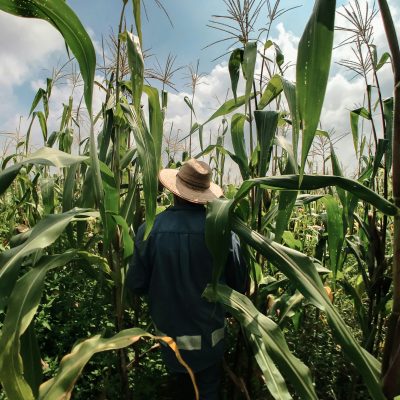
October 2025. A global policy brief exploring how countries can address labour shortages in farming by rethinking how agriculture is perceived, supported and structured.
Read more
October 2025. A flagship report tracking trends in global agricultural productivity and introducing a new model to identify strategies for sustained growth.
Read more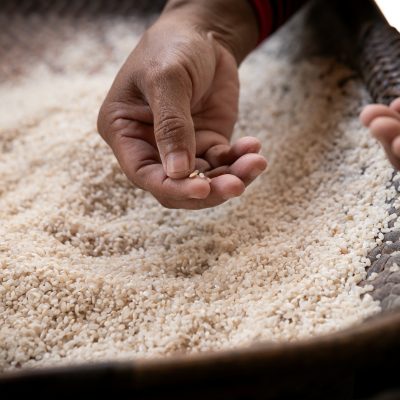
September 2025. A cross-country report comparing the sustainability practices of top rice-exporting nations and their impacts, highlighting the environmental and economic performance of U.S. rice production.
Read more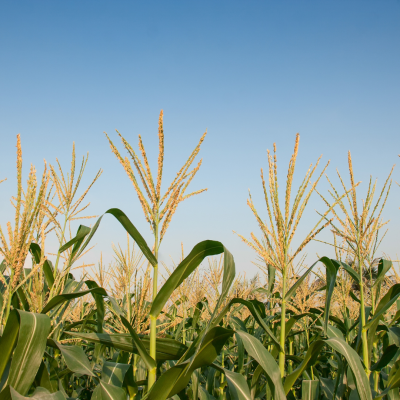
September 2025. Globally-applicable insights on the conditions needed to support regenerative agriculture at scale, as shared by a group of food and beverage companies convened by Sustainable Food Lab.
Read more
September 2025. A consolidated report showcasing Field to Market members’ sustainability commitments aimed at increasing transparency and driving collective action.
Read more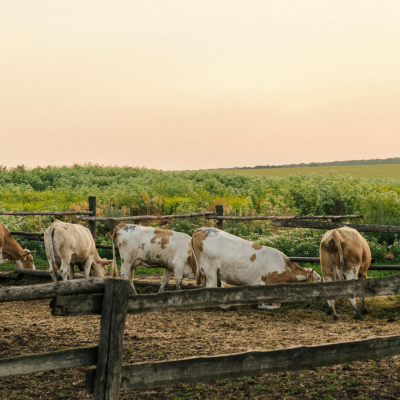
September 2025. AFIA’s annual report outlining its commitments, progress and priorities for strengthening the competitiveness and resilience of the U.S. animal food sector.
Read more
September 2025. A new study explores how climate-smart practices affect emissions and soil carbon using a model-based approach across two U.S. sites.
Read more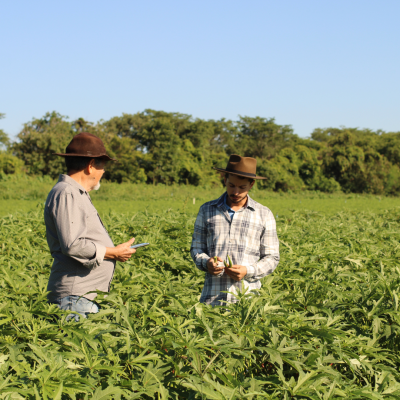
September 2025. An analysis of the reasons why U.S. farmers face persistent barriers to adopting sustainable practices and what types of support could accelerate change.
Read more
July 2025. A forecast of trends in agricultural production, trade and food consumption up to 2034 at national, regional and global levels.
Read more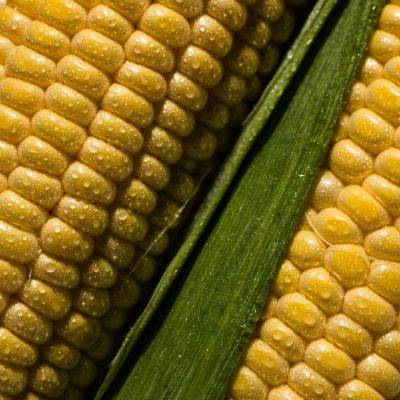
June 2025. An evaluation of the economic value generated by corn farming in the United States in 2024, with a breakdown by state.
Read more